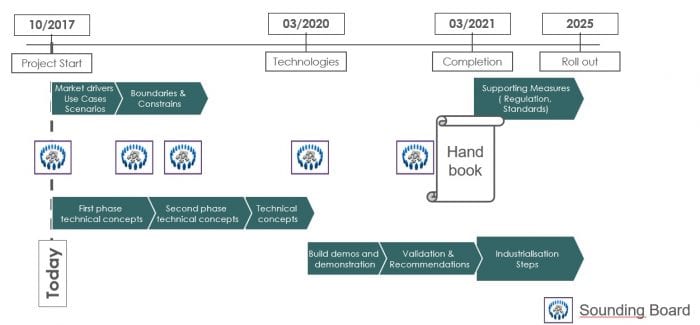Goal
The AEROFLEX project developed and demonstrated new technologies, concepts and architectures for complete vehicles with optimised aerodynamics, powertrains and safety systems as well as flexible and adaptable loading units with advanced interconnectedness contributing to the vision of a “physical internet”. The optimal matching of novel vehicle concepts and infrastructures is highly important, requiring the definition of smart infrastructure access policies for the next generation of trucks, load carriers and road infrastructure.
Target
The AEROFLEX project developed the knowledge, concepts and technology to improve the efficiency of long-range freight vehicles by 18-33% while drawing up recommendations for implementing the results within European regulations and in the transport & logistic industry.
The overall efficiency target is broken down as follows:
- 4-5% energy saving by separate platforms;
- 4-6% energy saving by using loading space more effectively;
- 5-12% energy efficiency improvement from the integration of more flexible, advanced powertrains;
- 5-10% reduction in energy consumption through improved truck aerodynamics;
- standardised interfaces and the resulting sharing of components leading to higher economies of scale;
- front end designs to ensure survivability in crashes up to 50 km/h for occupants and vulnerable road users
Project Facts & Figures
Aerodynamic and Flexible Trucks for Next Generation of Long Distance Road Transport
Acronym: AEROFLEX
Duration: 42 months with 6 months extension (48 months)
Start date: 1 October 2017
Total budget: 11,8 M€
EC Funding: 9,5 M€








